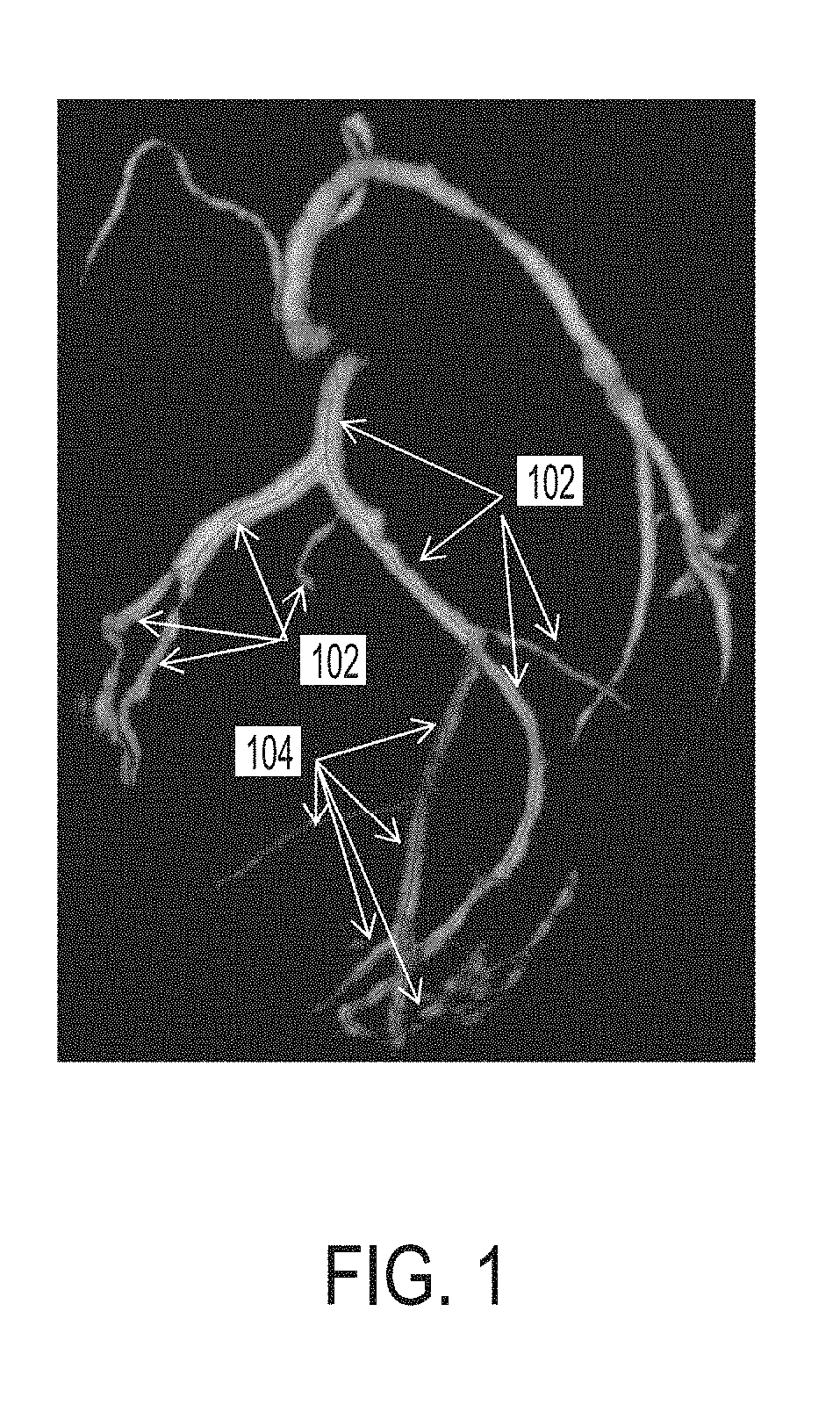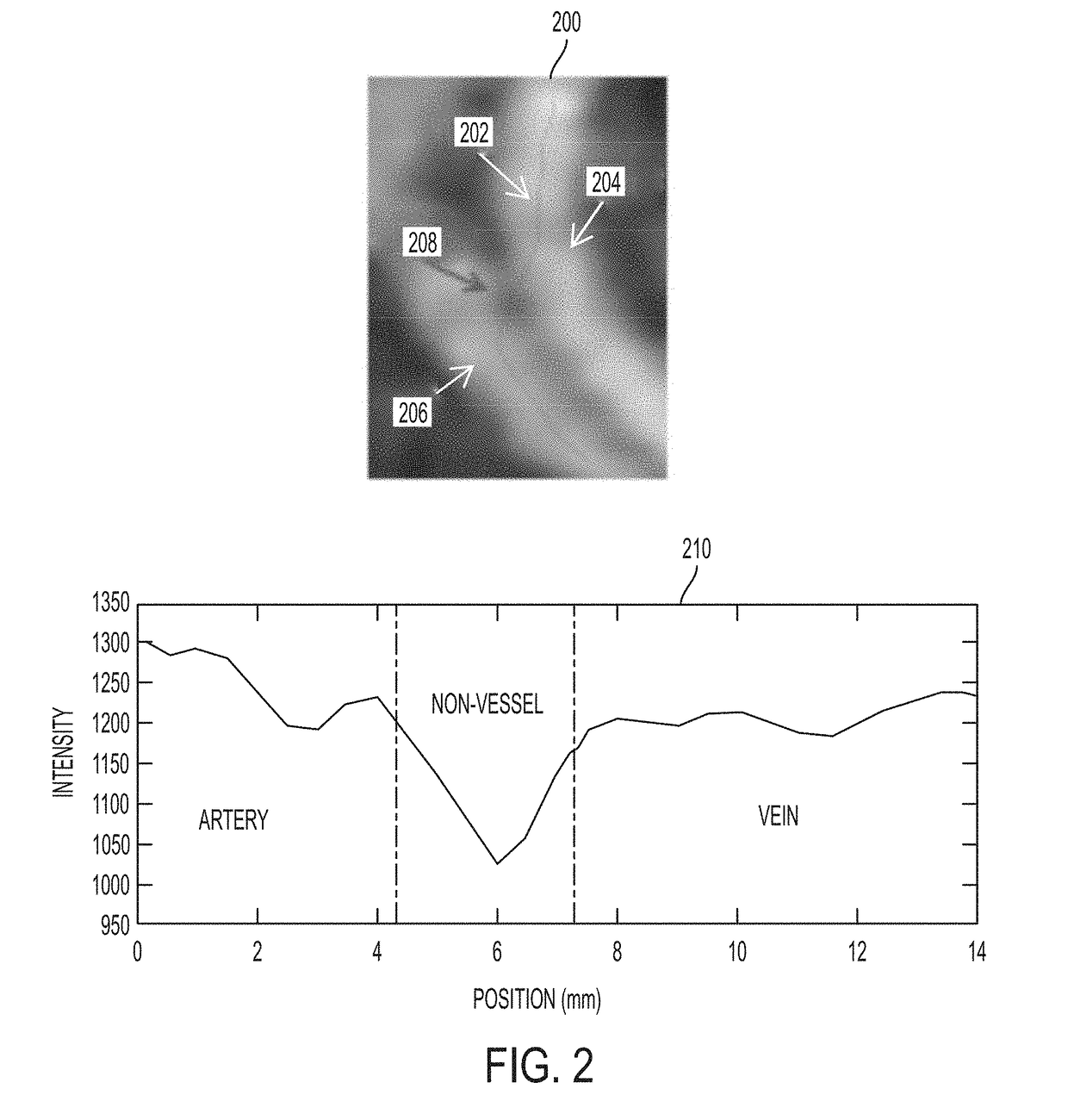Method and System for Machine Learning Based Classification of Vascular Branches
a machine learning and classification technology, applied in the field of machine learning based classification of vascular branches in medical images, can solve the problems of time-consuming and labor-intensive manual removal of false centerlines using such interactive editing tools, and achieve the effect of improving the detection of coronary artery centerlines
- Summary
- Abstract
- Description
- Claims
- Application Information
AI Technical Summary
Benefits of technology
Problems solved by technology
Method used
Image
Examples
Embodiment Construction
[0014]The present invention relates to a method and system for machine learning based classification of vascular branches to distinguish falsely detected branches from true branches. Embodiments of the present invention are described herein to give a visual understanding of the machine learning based method for classification of vascular branches. A digital image is often composed of digital representations of one or more objects (or shapes). The digital representation of an object is often described herein in terms of identifying and manipulating the objects. Such manipulations are virtual manipulations accomplished in the memory or other circuitry / hardware of a computer system. Accordingly, is to be understood that embodiments of the present invention may be performed within a computer system using data stored within the computer system.
[0015]Various methods have been proposed to extract vascular centerlines, such as coronary artery centerlines. Some methods are capable of extract...
PUM
 Login to View More
Login to View More Abstract
Description
Claims
Application Information
 Login to View More
Login to View More - R&D
- Intellectual Property
- Life Sciences
- Materials
- Tech Scout
- Unparalleled Data Quality
- Higher Quality Content
- 60% Fewer Hallucinations
Browse by: Latest US Patents, China's latest patents, Technical Efficacy Thesaurus, Application Domain, Technology Topic, Popular Technical Reports.
© 2025 PatSnap. All rights reserved.Legal|Privacy policy|Modern Slavery Act Transparency Statement|Sitemap|About US| Contact US: help@patsnap.com



